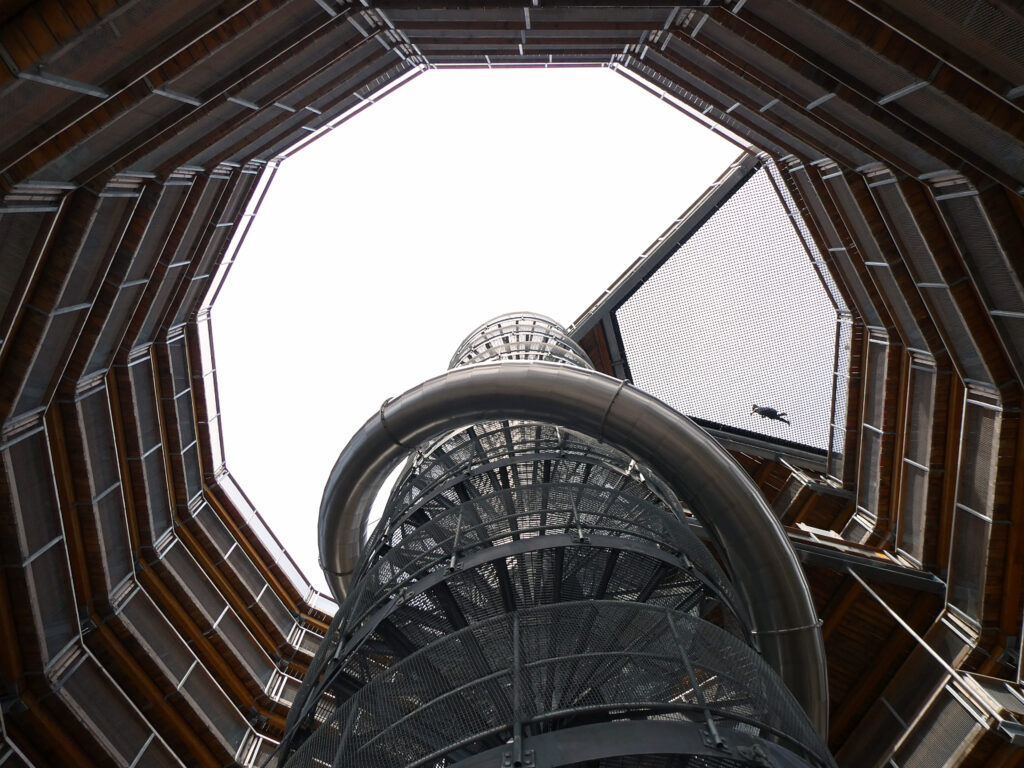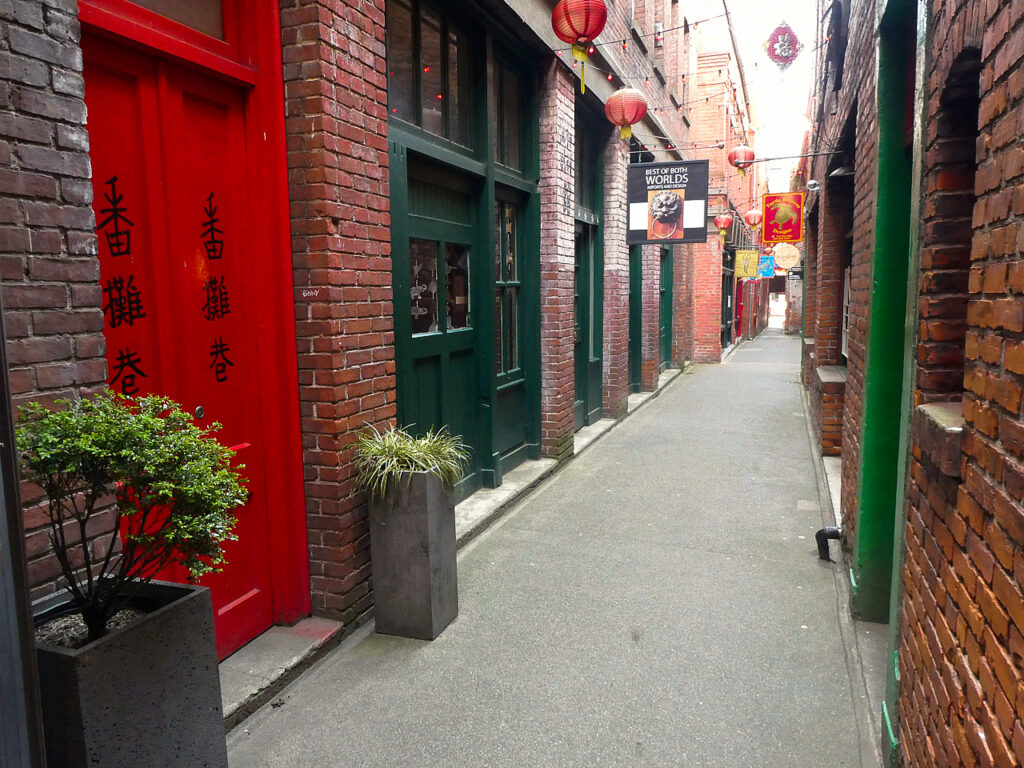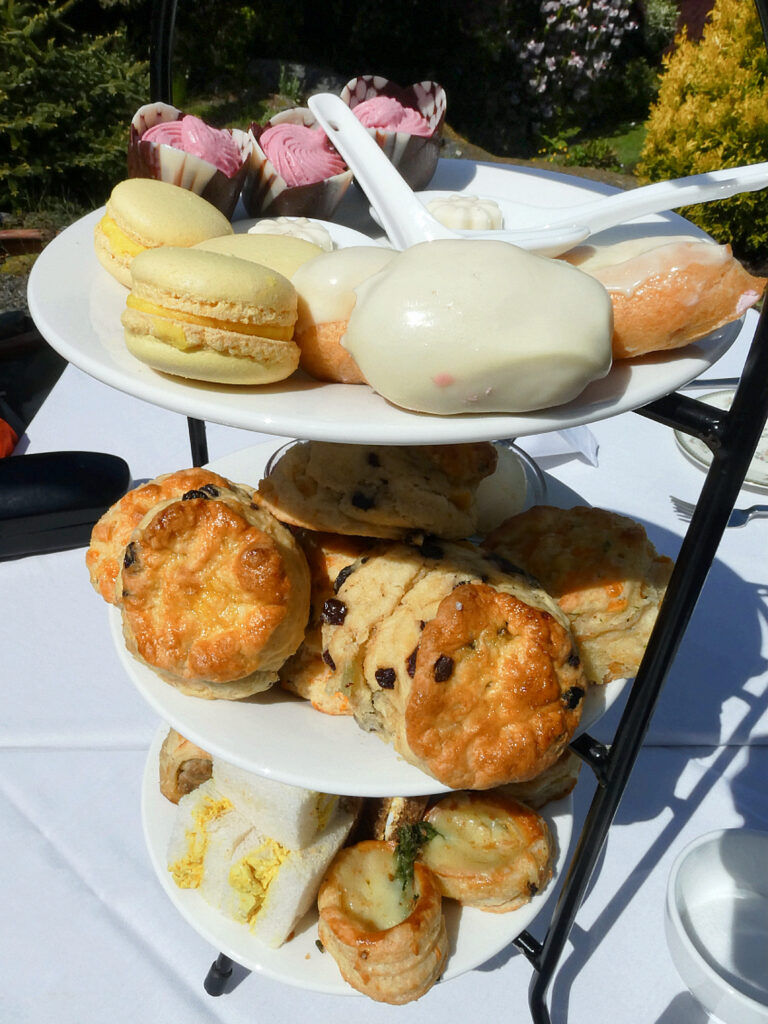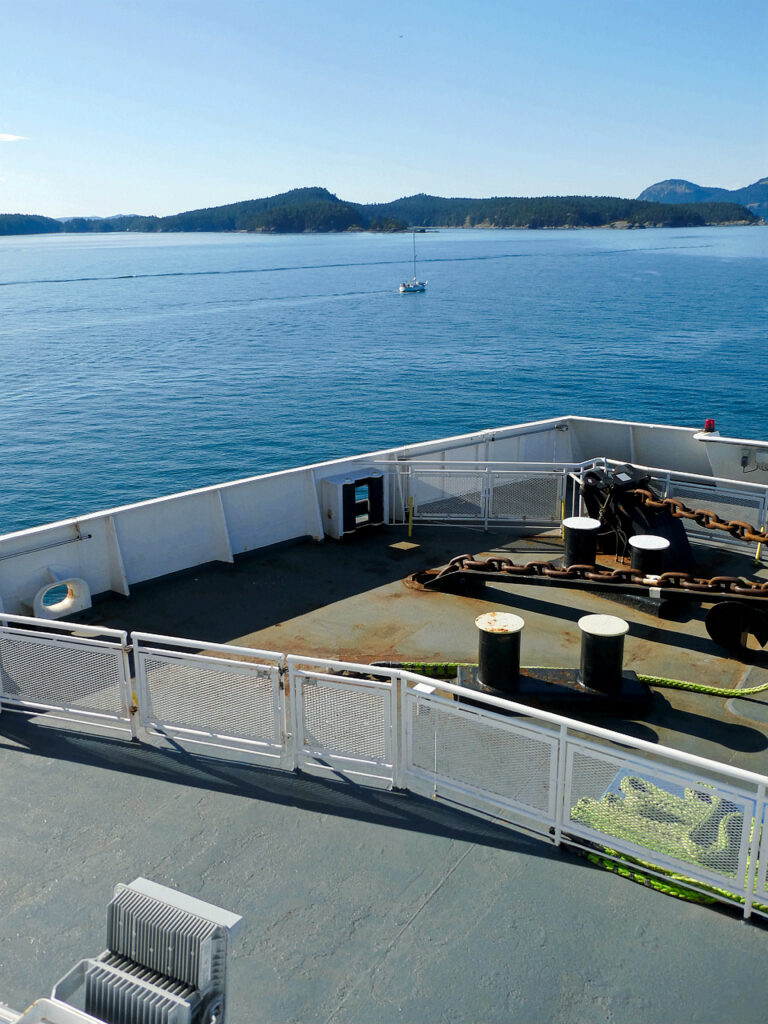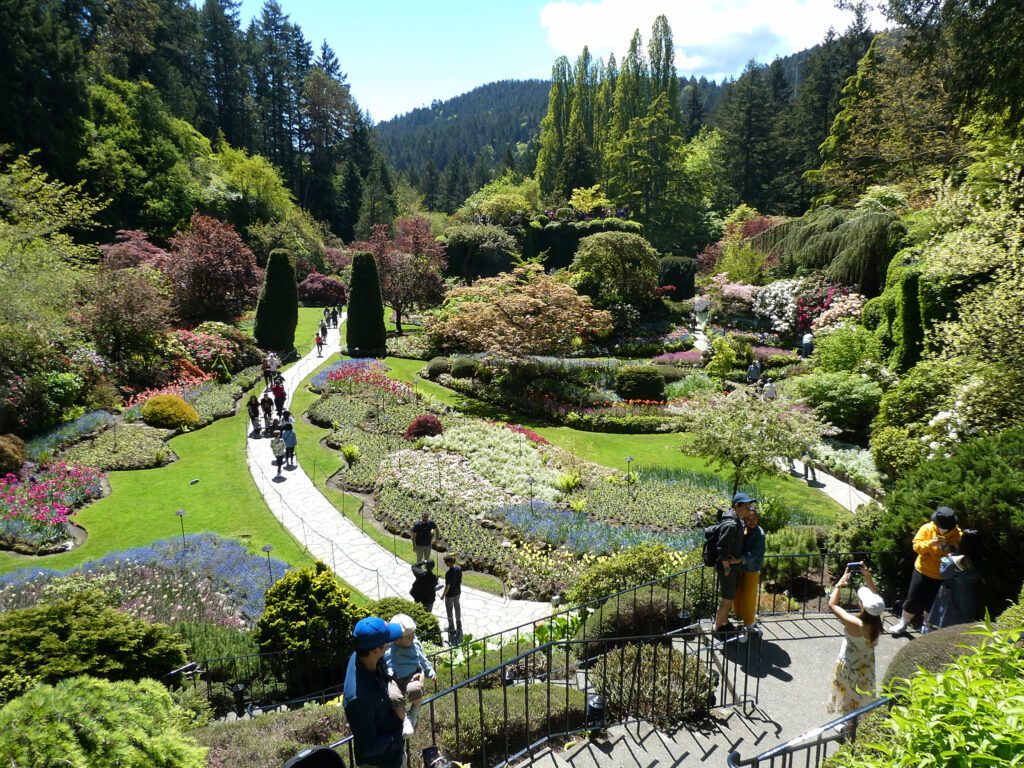Touring the British Columbia Parliament Building
Prologue: Some context on how the government of Canadian provinces work…
In case you were unaware, the nation of Canada is sub-divided into ten provinces and three territories. United, these provinces and territories comprise the second-largest country on Earth. These provinces are linked together via the Constitution of Canada and the Canadian federal government. Being part of the British Commonwealth, Queen Elizabeth II serves as Head of State for Canada. In addition to serving as the Head of State for the entirety of Canada, the queen is also the declared Head of State for each province. On a federal level, the monarch appoints an individual known as the Governor General to oversee government proceedings on her behalf. Along with giving royal assent, appointing the Prime Minister, and other federal duties, the Governor General is vested the right to appoint Lieutenant Governors for each province. This is where the provincial governments come into play.
Akin to the Governor General, the Lieutenant Governor acts as the pseudo Head of State for their own province. On behalf of the queen, the Lieutenant Governor can give royal assent to all bills passed by the legislature, appoint the Premier (equivalent to a governor), and perform various other Head of State-related duties.
To recognize how the Executive Branch works on a provincial level, we’ll need to learn more about the parliamentary proceedings of a province. Unlike the federal government, which has a bicameral system (two houses), the provinces of Canada have only one legislative house each. This room full of people peaceably arguing policies on behalf of their constituents is simply known as the Legislative Assembly. When the time comes to appoint a Premier, the Lieutenant Governor usually selects the majority party leader to serve. Due to a trust-based political system, the Head of State is compelled to select an individual most widely supported by the majority party. For reasons of practicality, this is nearly always the leader of the majority party. Once appointed, the Premier serves At Her Majesty’s Pleasure. This means that apart from dismissal, resignation, or tragic death, one may retain the title of Premier as long they like. One caveat however, the Premier must still keep their seat in the legislative assembly. Serving in a similar role as Prime Minister, the Premier’s job is to head the province’s Executive Branch and to lead the majority party in parliament. If their seat is lost in an election, the Lieutenant Governor must dismiss the Premier and appoint another MLA (Member of Legislative Assembly) to serve.
Recently, I went on a family vacation to Victoria, British Columbia. Although I’ve been to Canada plenty of times in previous years, this was the first time in quite a while. After crossing the border and taking a ferry to Vancouver Island, we settled into our Airbnb for the duration of the trip. Over the next few days, we must have walked through and seen every square foot of the city. A joke, of course! Most likely, we only traversed 80-or-so-percent of the city. This included sailing on a harbor tour, strolling along the waterfront on numerous occasions, navigating the historic alleyways of Chinatown, learning about the province’s history at the Royal BC Museum, and enjoying an afternoon tea (technically late morning) on a quiet patio surrounded by a magnificent flower garden. Along with all these amazing experiences, one of my favorites was seeing the British Columbia Parliament Building.
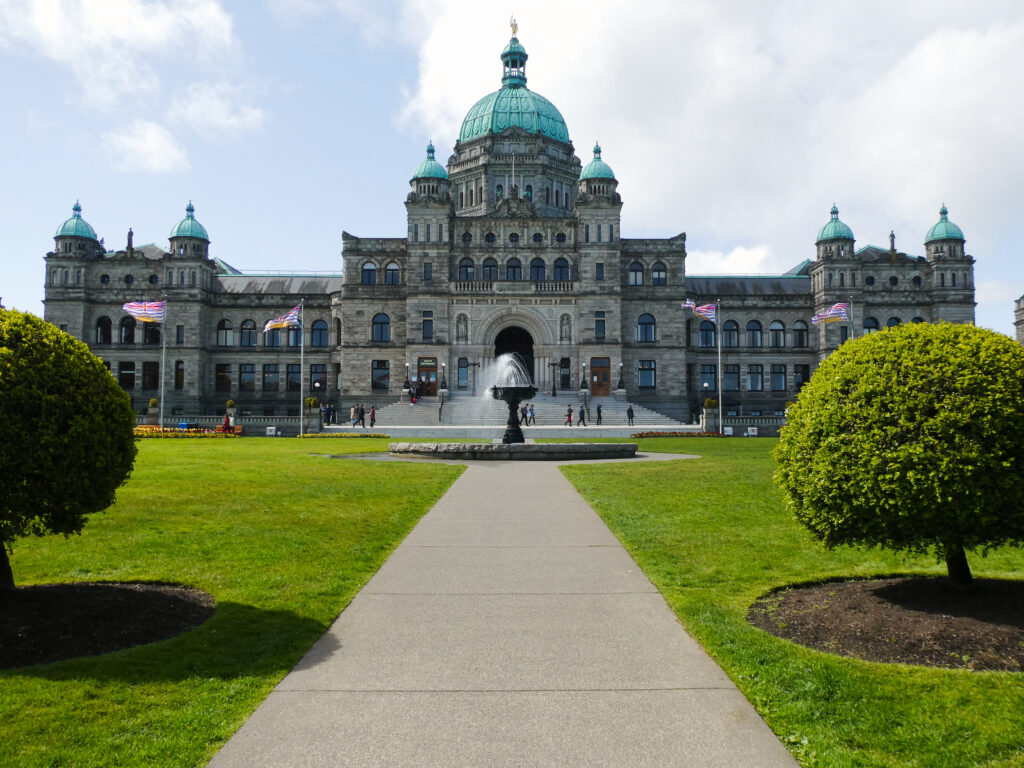
I was instantly astounded by the building’s ornate and striking façade. After entering the building through a small tourist door directly next to the grand entrance, we made our way up to the rotunda. The rotunda impressed me with its vast expansiveness.
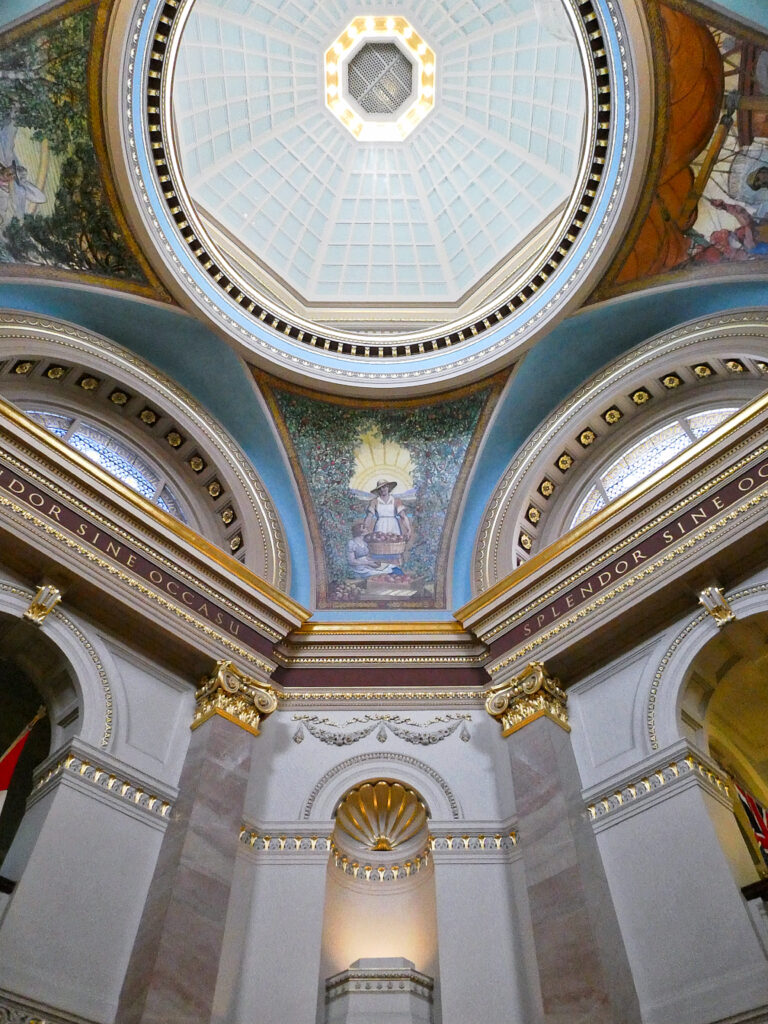
From floor to ceiling, the rotunda soared to a staggering height of exactly 100 feet. Adorning the walls were four murals depicting British Columbia’s four core industries: agriculture, fishing, mining, and forestry. Directly across from the rotunda were the doors to the parliament chamber. After the tour, we were invited to watch the proceedings from the viewing gallery above.
In my opinion, if you know exactly what’s going on, observing government functions can be entertaining. However, we had absolutely no clue what was happening: Who is the person talking about electric cars? Why does the opposition speaker also support EVs? Isn’t the opposition meant to hate literally everything the majority party says or does? Unfortunately, It wasn’t until after the trip where I learned about how the Canadian government works. Even though it was extremally confusing, observing the government in session for the first time was a fascinating experience, even if it wasn’t the country in which I have citizenship.
Overall, visiting the British Columbia Parliament Building was a remarkable experience. The important structure is right across the street from both the city waterfront and the world-famous Empress Hotel, placing the Parliament of British Columbia directly in the core of Victoria. If you are in the area, I highly recommend visiting it. Even if you are unable to venture inside, the walk along the waterfront and the parliamentary grounds is delightful on a sunny day. Although the parliamentary building is a definite highlight of Victoria, the rest of city is a wonderful place with a lifetime of experiences to offer.
Epilogue: Some other highlights of Victoria, BC…
